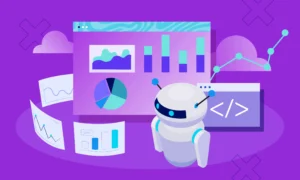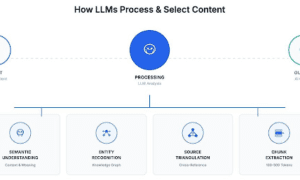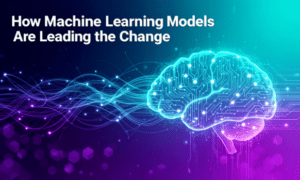The transportation industry is undergoing a profound transformation. Connected transportation technology is at the forefront of this evolution, reshaping how we move people and goods across the globe. From autonomous vehicles to smart infrastructure, here are 10 disruptive trends driving the evolution of connected transportation tech:
Autonomous Vehicles:
Revolutionizing Mobility
Autonomous vehicles, once a futuristic concept, are now a reality. These self-driving cars utilize a combination of sensors, cameras, and artificial intelligence to navigate roads safely. With companies like Tesla, Waymo, and Uber investing heavily in this technology, fully autonomous vehicles are poised to revolutionize the way we commute and travel.
Electric Vehicles:
The Shift Towards Sustainability
As concerns about climate change and air pollution mount, electric vehicles (EVs) have emerged as a promising solution. With advancements in battery technology driving down costs and increasing range, EVs are becoming more accessible to consumers. Governments around the world are also incentivizing the adoption of electric vehicles through subsidies and infrastructure investments.
Shared Mobility:
Redefining Ownership
The rise of shared mobility services, such as ride-hailing and bike-sharing, is challenging traditional notions of vehicle ownership. Instead of owning a car, consumers are opting for convenient, on-demand transportation solutions. This shift towards shared mobility not only reduces congestion and emissions but also opens up new business opportunities for companies in the transportation sector.
Smart Cities:
Building Connected Infrastructure
Smart cities are leveraging technology to improve the efficiency and safety of transportation networks. From intelligent traffic management systems to connected streetlights, these initiatives are aimed at reducing congestion and enhancing the overall mobility experience. By integrating data and analytics, smart cities can optimize transportation routes and provide real-time information to travelers.
Hyperloop:
Transforming Long-Distance Travel
The Hyperloop, a high-speed transportation system proposed by Elon Musk, promises to revolutionize long-distance travel. By using magnetic levitation and low-pressure tubes, the Hyperloop could transport passengers and cargo at speeds exceeding 700 mph. While still in the experimental phase, the Hyperloop has the potential to drastically reduce travel times and congestion on existing transportation networks.
Urban Air Mobility:
Taking to the Skies
Urban air mobility (UAM) is ushering in a new era of transportation, where flying taxis and drones shuttle passengers through urban landscapes. Companies like Uber Elevate and Volocopter are developing electric vertical takeoff and landing (eVTOL) aircraft that promise to alleviate traffic congestion and provide faster point-to-point transportation. With advances in battery technology and regulatory approval, UAM could soon become a reality in cities around the world.
Mobility as a Service (MaaS):
Seamless Integration
Mobility as a Service (MaaS) platforms are streamlining the transportation experience by integrating various modes of travel into a single, cohesive service. Users can seamlessly plan and pay for their journeys across multiple modes, including public transit, ride-hailing, and bike-sharing. MaaS not only enhances convenience for travelers but also promotes sustainable transportation choices.
Connected Vehicles:
Enhancing Safety and Efficiency
Connected vehicle technology allows cars to communicate with each other and with the surrounding infrastructure, improving safety and efficiency on the roads. Features such as vehicle-to-vehicle (V2V) and vehicle-to-infrastructure (V2I) communication enable real-time traffic alerts, collision avoidance, and optimized routing. As more vehicles become connected, the potential for safer and more efficient transportation increases.
5G Connectivity:
Powering the Future of Transportation
The rollout of 5G networks is set to transform the transportation industry by enabling faster and more reliable communication between vehicles and infrastructure. In addition, with lower latency and higher bandwidth, 5G connectivity will support advanced applications such as real-time traffic management, remote vehicle monitoring, and enhanced navigation systems. This technology will be instrumental in unlocking the full potential of connected transportation.
Data Analytics:
Driving Insights and Innovation
Data analytics plays a crucial role in shaping the future of connected transportation by providing valuable insights into travel patterns, infrastructure usage, and vehicle performance. Furthermore, by harnessing big data and artificial intelligence, transportation stakeholders can make informed decisions that improve efficiency, safety, and sustainability. Additionally, from predictive maintenance to demand-responsive services, data analytics is driving innovation across the entire transportation ecosystem.
Conclusion
As technology continues to evolve, the transportation industry is undergoing a seismic shift towards connectivity, sustainability, and efficiency. From autonomous vehicles to smart cities, the disruptive trends outlined above are shaping the future of mobility in profound ways. Thus, by embracing these innovations and investing in infrastructure, policymakers and industry stakeholders can create a more accessible, efficient, and sustainable transportation system for generations to come.



































